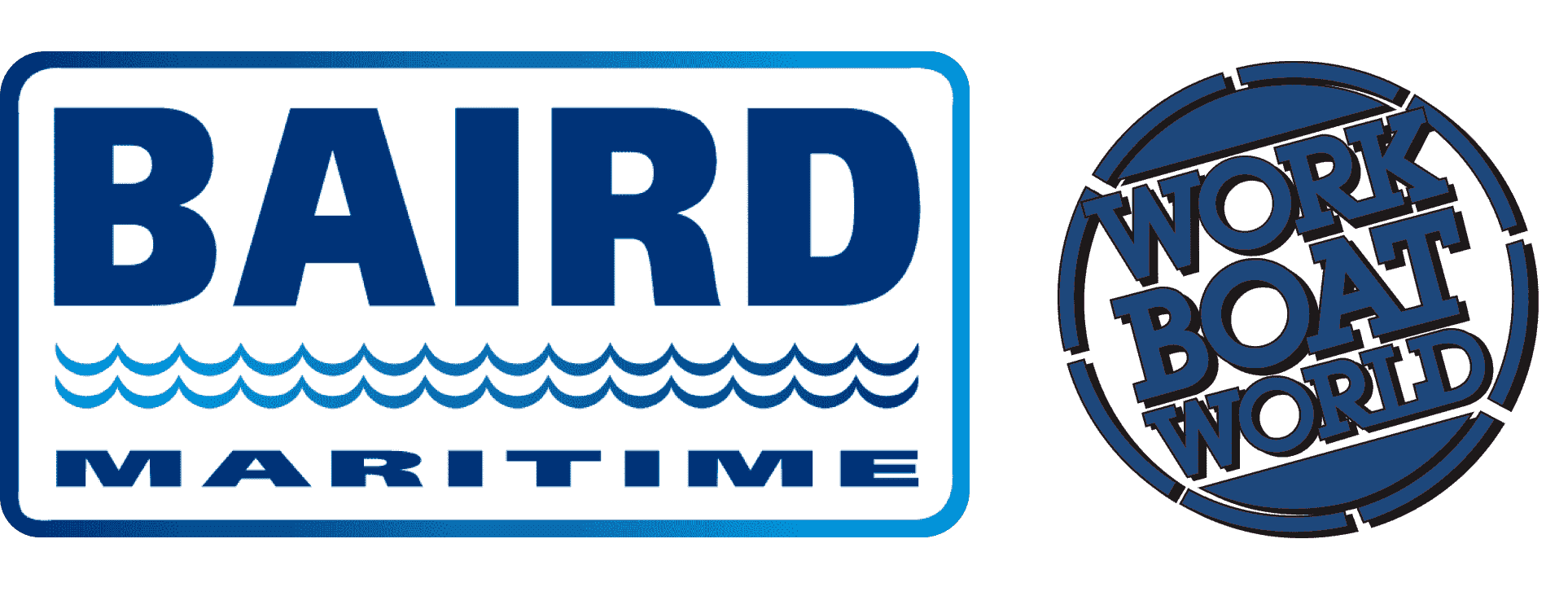VESSEL REVIEW | Caspian – Hybrid wellboat to operate in Northern Norway's remote fish farms
Sefine Shipyard in Turkey has handed over a new hybrid wellboat ordered by Norwegian live fish transport company Brønnbåt Nord. Named Caspian, the vessel will be operated primarily in Troms and Nordland counties in northern Norway to support the activities of local fish farm companies Salaks, Gratanglaks, and Kleiva Fiskefarm.
Comprehensive transport and handling capacities
The wellboat has a length of 79.9 metres (262 feet), a beam of 16 metres (52 feet), a depth of 6.9 metres (23 feet), a gross tonnage of 3,964, accommodation for 10 crewmembers, and a total live transport capacity of 2,800 cubic metres (99,000 cubic feet) split between two wells.
Brønnbåt Nord took a proactive approach to this vessel design. The overall target for the shipowner and the designer is to reduce the vessel’s carbon footprint and ensure clean and careful handling of live fish resources, which is especially important when operating in exposed fish farm sites in areas with sensitive marine environments. To that end, a hybrid propulsion arrangement was selected.
The vessel is fitted with a propulsion package supplied by MAN. This includes an 8L27/38 medium-speed main engine that produces 2,920 kW (3,920 hp) at 800 rpm; a VBS790 controllable-pitch propeller housed in a nozzle; a 12V125D 1,800kW generator; a D2862LE327 800kW auxiliary generator; and an Alphatronic 3000 propulsion control system. The propeller is driven via a RENK gearbox.
The rest of the propulsion setup includes two FU63LTA1550 750kW tunnel thrusters supplied by Brunvoll.
Hybrid operation ideal for environmentally sensitive waters
The wellboat is also equipped with a Can Makina 1,000kWh battery pack to enable hybrid operation. The main engine and the generators are IMO Tier III-compliant and are also approved for future operation on hydrotreated vegetable oil (HVO) to further reduce greenhouse gas (GHG) emissions.
The hybrid propulsion arrangement is integrated for use in hybrid manoeuvring combinator mode, peak shaving, and PTH modes – together with a dynamic positioning system. There are also energy recovery features and other systems to minimise overall GHG emissions.
The vessel was designed with modified aft hull lines to improve inflow to the propeller. This approach helps reduce vibrations and noise. MAN said the calculated power reductions and corresponding fuel consumption savings are around 13.4 per cent.
CFD optimisation with and without the rudder bulb demonstrated a noticeably better propulsion performance around the design point, and the addition of the rudder bulb further increased efficiency up to two per cent at 10 to 11 knots free sailing, while also resulting in an improved bollard pull capacity by up to one per cent. MAN said that highly satisfactory results were confirmed in tank testing.
The wellboat also features a Cflow fish treatment system and navigation and communication electronics from Furuno.


